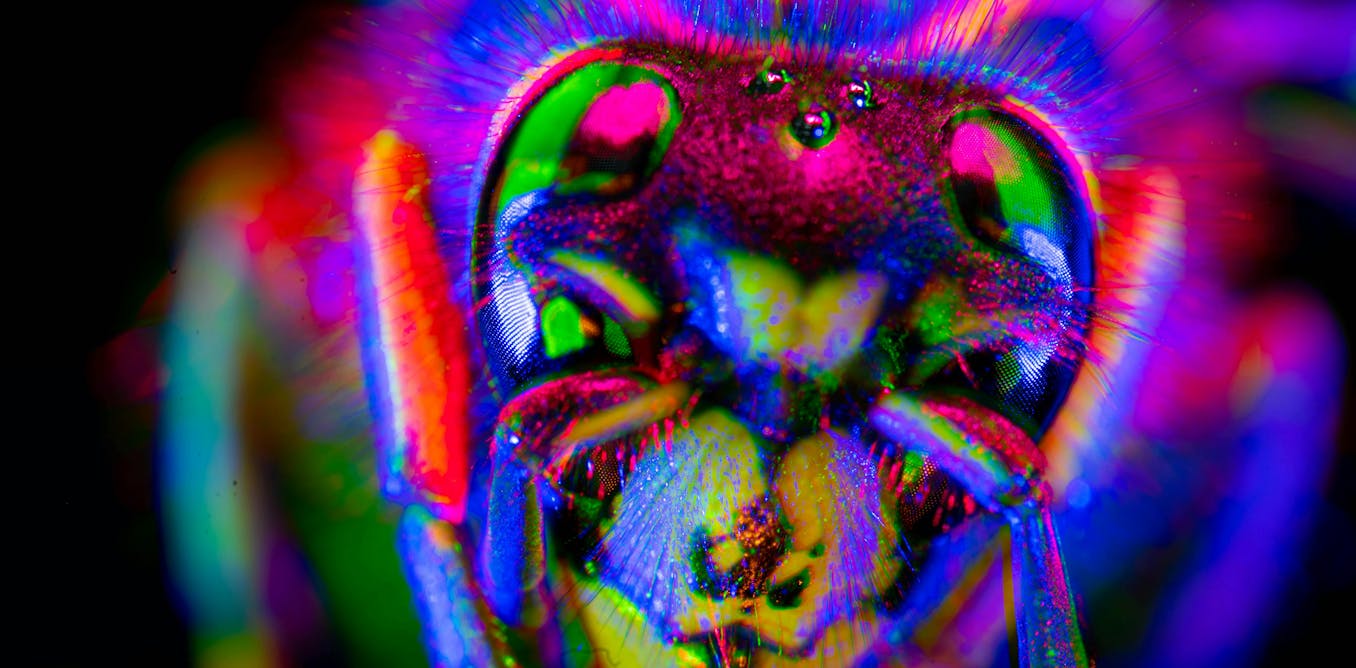Video Friday is your weekly selection of awesome robotics videos, collected by your friends at IEEE Spectrum robotics. We also post a weekly calendar of upcoming robotics events for the next few months. Please send us your events for inclusion.
IROS 2024: 14–18 October 2024, ABU DHABI, UAE
ICSR 2024: 23–26 October 2024, ODENSE, DENMARK
Cybathlon 2024: 25–27 October 2024, ZURICH
Humanoids 2024: 22–24 November 2024, NANCY, FRANCE
Enjoy today’s videos!
Not even ladders can keep you safe from quadruped robots anymore.
[ ETH Zürich Robot Systems Lab ]
Introducing Azi (right), the new desktop robot from Engineered Arts Ltd. Azi and Ameca are having a little chat, demonstrating their wide range of expressive capabilities. Engineered Arts desktop robots feature 32 actuators, 27 for facial control alone, and 5 for the neck. They include AI conversational ability including GPT-4o support which makes them great robotic companions.
[ Engineered Arts ]
Quadruped robots that individual researchers can build by themselves are crucial for expanding the scope of research due to their high scalability and customizability. In this study, we develop a metal quadruped robot MEVIUS, that can be constructed and assembled using only materials ordered through e-commerce. We have considered the minimum set of components required for a quadruped robot, employing metal machining, sheet metal welding, and off-the-shelf components only.
[ MEVIUS from JSK Robotics Laboratory ]
Thanks Kento!
Avian perching maneuvers are one of the most frequent and agile flight scenarios, where highly optimized flight trajectories, produced by rapid wing and tail morphing that generate high angular rates and accelerations, reduce kinetic energy at impact. Here, we use optimal control methods on an avian-inspired drone with morphing wing and tail to test a recent hypothesis derived from perching maneuver experiments of Harris’ hawks that birds minimize the distance flown at high angles of attack to dissipate kinetic energy before impact.
[ EPFL Laboratory of Intelligent Systems ]
The earliest signs of bearing failures are inaudible to you, but not to Spot . Introducing acoustic vibration sensing—Automate ultrasonic inspections of rotating equipment to keep your factory humming.
The only thing I want to know is whether Spot is programmed to actually do that cute little tilt when using its acoustic sensors.
[ Boston Dynamics ]
Hear from Jonathan Hurst, our co-founder and Chief Robot Officer, why legs are ideally suited for Digit’s work.
[ Agility Robotics ]
I don’t think “IP67” really does this justice.
[ ANYbotics ]
This paper presents a teleportation system with floating robotic arms that traverse parallel cables to perform long-distance manipulation. The system benefits from the cable-based infrastructure, which is easy to set up and cost-effective with expandable workspace range.
[ EPFL ]
It seems to be just renderings for now, but here’s the next version of Fourier’s humanoid.
[ Fourier ]
Happy Oktoberfest from Dino Robotics!
[ Dino Robotics ]
This paper introduces a learning-based low-level controller for quadcopters, which adaptively controls quadcopters with significant variations in mass, size, and actuator capabilities. Our approach leverages a combination of imitation learning and reinforcement learning, creating a fast-adapting and general control framework for quadcopters that eliminates the need for precise model estimation or manual tuning.
[ HiPeR Lab ]
Parkour poses a significant challenge for legged robots, requiring navigation through complex environments with agility and precision based on limited sensory inputs. In this work, we introduce a novel method for training end-to-end visual policies, from depth pixels to robot control commands, to achieve agile and safe quadruped locomotion.
[ SoloParkour ]

The post “Video Friday: Quadruped Ladder Climbing” by Evan Ackerman was published on 10/04/2024 by spectrum.ieee.org















-1.jpg)











